Mystery Of Flight MH370: 9 Other Bizarre Disappearances In History

Things can disappear without a trace. Big things.
This fundamental truth sometimes gets masked by technology -- the GPS capability in our smart phones, the tracking tags we place on our pets, the computing cloud that holds every email we have ever sent.
And yet, if we hadn't fully felt it before, we know it now: An entire Boeing 777 loaded with 239 people can vanish, remaining lost even in the face of a full-scale search armed with all the accoutrements of modern life.
And even as the story of MH 370 remains an unsatisfying mystery, one that feels weird and wrong, we can count on facing this unsettling truth again. Because things go missing all the time. In 1944 alone, 24 planes vanished without explanation. Dozens more have suffered the same fate since.
Beyond airplanes, other substantial objects have slipped into the unknown -- boats, islands even entire civilizations.
Here are nine of history’s most prominent disappearances:
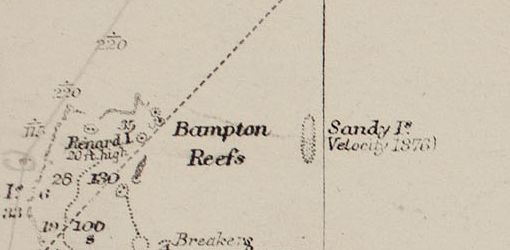
1. Sandy Island, 2012
A few years ago, an island that had appeared on navigation charts for centuries and could even be seen on Google Earth was suddenly nowhere to be found.
The 45-square-mile landmass called Sandy Island, supposedly located in the Coral Sea near the French territory of New Caledonia, was first mentioned by British explorer Captain James Cook in 1772, but didn’t officially appear on paper until 1876.
In 2012, a team of Australian scientists ventured to where the island should have been. They found only ocean. They measured the depth of the water there and discovered it to be greater than 1,300 meters, or 4,300 feet – no underwater mountaintop in sight.
Was Sandy Island a casualty of climate change-induced sea level rise? Or had seafloor tectonic shuffling caused it to sink?
Researchers say it’s neither. Most likely, the phantom island never existed in the first place and may have been the product of an editorial mistake that went uncorrected for decades during the Age of Discovery. Sandy Island no longer appears on Google and has been removed from maps all over the world.
Still, why did it endure for so long?
According to a 2013 article published in “EOS, Transactions, American Geophysical Union,” 18th and 19th century explorers may have spotted pumice sea rafts -- masses of floating volcanic rock ejected from an underwater volcano -- bobbing on the surface where Sandy Island was thought to have been. Scientists say this theory is consistent with a volcanic activity in the area.

2. American Airlines Boeing 727, 2003
Grand larceny doesn’t begin to describe what occurred at an airport in Angola in 2003. On May 25, a Boeing 727 previously owned by American Airlines was stolen from Quatro de Fevereiro Airport in Luanda and flown right off the runway in plain sight of air traffic control.
The only two people supposedly onboard were certified aircraft mechanic and private pilot Ben Charles Padilla and a hired mechanic from the Republic of the Congo.
While being serviced, the plane suddenly began taxiing with no word from anyone onboard. With its lights off and its transponder not transmitting, the aircraft made an unsteady lift off and headed southeast over the Atlantic Ocean.
At the time, the aircraft was leased to TAAG Angola Airlines to deliver diesel fuel to diamond mines in Angola. It was carrying 10 500-gallon fuel tanks when it mysteriously departed from Luanda.
The theft kicked off a desperate search by U.S. intelligence agencies who said the aircraft was basically a giant bomb with wings and could be used in a terrorist attack.
Neither the plane nor the two mechanics were seen again. U.S. investigators never disclosed the true nature of the crime, but a failed terrorist plot remains one of the leading theories.
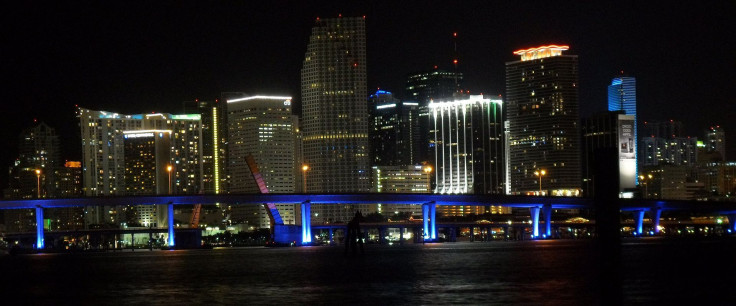
3. Witchcraft, 1967
On the evening of Dec. 22, 1967, Dan Burack and Father Patrick Horgan left Miami’s yacht marina in Burack’s 23-foot cabin cruiser, the Witchcraft, to take in the Christmas lights of Miami’s skyline.
The men were just one mile from shore when the cruiser hit something under the water. Burack reportedly called the Coast Guard at around 9 p.m. to report the incident. He told the dispatcher there was no emergency -- the boat wasn’t sinking -- but that they would need a tow back to the marina.
Just 19 minutes later, the Coast Guard arrived at the cruiser’s location, but discovered that the ship and its passengers were nowhere in sight. Six days and 24,000 square miles of searching later, there was still no sign of the Witchcraft.
Whatever tragedy had transpired had happened swiftly and cleanly -- not even a life jacket or piece of debris was recovered.
Had the Witchcraft perished in a freak and brief squall? Or had they been carried far out to sea? It’s a mystery that continues to this day.
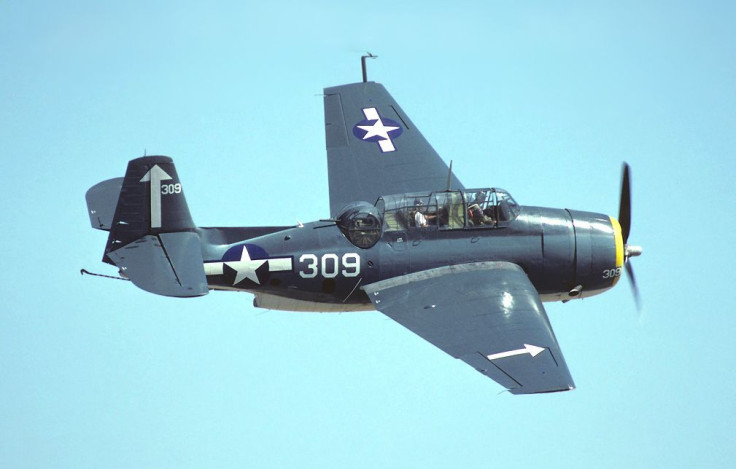
4. Flight 19, 1945
The famed Bermuda Triangle, a three-cornered region of the Atlantic Ocean that stretches between Miami, Bermuda and Puerto Rico, is the source of myriad tales of unexplained disappearances.
Stories of paranormal activity and extraterrestrial encounters underline the Bermuda Triangle’s reputation as one of the most enigmatic places in the world. Countless ships and planes have been lost to its waters, inexplicably.
In December 1945, five U.S. Navy torpedo bombers on a routine training flight mysteriously vanished over the Bermuda Triangle.
An investigation into the disappearance of Flight 19 found that the compasses aboard the aircraft had malfunctioned; a final communication believed to be between the leader of Flight 19 and another pilot suggested that the instructor had become disoriented and was unsure of the direction of the Florida coast.
The search for Flight 19 was one of the largest air and sea searches in history. No trace of the aircraft or the 13 airmen was ever found.

5. Amelia Earhart Plane, 1937
It's an enduring mystery ripe for speculation: A high-profile pilot with ties to a U.S. president goes missing during a voyage around the world.
Was she an American spy captured by Japanese soldiers? Or was the crash a ploy to cover up her safe return to America where, under an new identity, she lived a long life in secrecy?
What we do know is that on June 2, 1937, Amelia Earhart’s bold attempt to fly around the world was cut short when her Lockheed Electra disappeared over the Pacific Ocean. Hours later, search crews began scouring the area for signs of the missing 39-year-old aviator and her navigator, Fred Noonan.
The U.S. government officially concluded that Earhart and her companion had run out of fuel and crashed into the water before reaching their destination of Howland Island. Still, where the plane went down has never been determined.
The Amelia Earhart saga continues. In 1989, the search of an uninhabited island known as Gardner Island turned up several artifacts that may have belonged to the beloved pilot. They included improvised tools, remnants of shoes and aircraft wreckage that was consistent with Earhart’s Electra.
Then, in 2013, the International Group for Historic Aircraft Recovery made a significant find. Using sonar, a search team found what they believed to be the wreckage of Earhart’s plane -- a 22-foot-long anomaly on the seafloor near the remote Nikumaroro Island.

6. USS Cyclops, 1918
Nearly a century later, the fate of some 309 crew and passengers aboard the U.S. Navy’s USS Cyclops is still a mystery.
The incident occurred during World War I when the ship vanished sometime after March 4, 1918 somewhere in the Bermuda Triangle. The loss of the USS Cyclops remains the largest loss of life not directly linked to battle in the Navy’s history.
Several theories surround the fate of the USS Cyclops, including that the ship’s captain, who was actually German-born and had changed his name, sabotaged the ship. Did the captain’s allegiances still lie with his home country? Had he conspired to hand the ship over to German authorities?
It's possible. Another theory is that the ship suffered structural failures and simply sank. This hypothesis is supported by the fact that one of the ship’s navy officers wrote in a report that the Cyclops was showing signs of weakening. Its deck reportedly swayed when large waves struck, which could have spelled disaster for the crew and passengers.
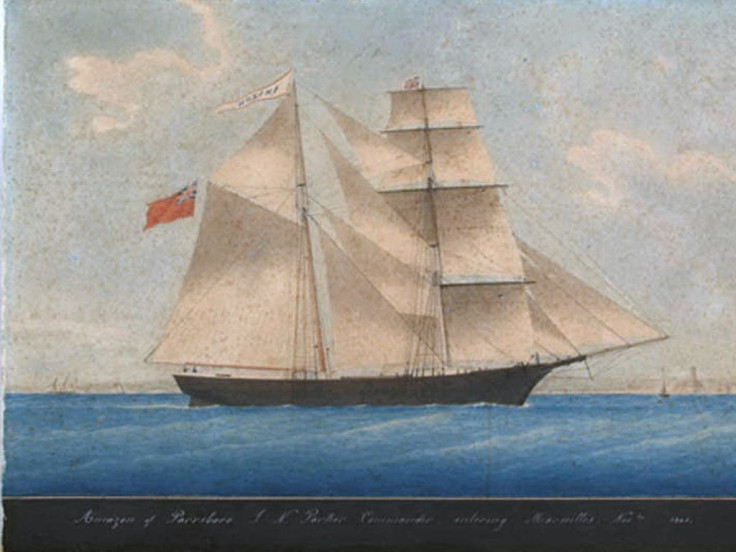
7. The Crew of Mary Celeste, 1872
It’s known as the “greatest maritime mystery of all time.” The ship herself didn't vanish -- she was actually fully intact -- but her crew did.
A Canadian brigantine discovered the Mary Celeste floating in the Atlantic with hardly a scratch on her -- and no one onboard.
There was six months' worth of food and water on the ship. The cargo was virtually untouched and the personal belongings of passengers and crew were still in place, even the valuables. There were no signs of violence or struggle, so piracy was quickly ruled out.
Where had happened?
“One of the most prevalent and plausible theories to date suggests that the crew perished after embarking on a lifeboat, fearing the ship's cargo may have been about to explode as they were transporting barrels of alcohol,” Boaterexam.com, a boating safety educator, said.

8. The Lost Colony of Roanoke, late 16th Century
Imagine showing up late to a birthday party and finding the cake half eaten and the presents half opened, but the venue completely deserted. That's a version of what happened to English New World settler John White in August of 1590.
White was part of a group of about 115 English settlers who established a colony on Roanoke Island, off the coast of modern day North Carolina, three years earlier.
White, the governor of the new colony, had sailed back to England shortly after his team arrived on Roanoke to gather supplies. But his return to the island was delayed after war broke out between England and Spain.
When White was finally able to return to Roanoke in 1590, he found the colony had been abandoned. The two-story, thatched-roof cottages had been uprooted. There was no sign of struggle or battle; the only clue as to the whereabouts of the colony’s 90 men, 17 women and 11 children was a word carved into a wooden post.
The word was “Croatoan,” which may have referred to an island south of Roanoke that was home to a Native American tribe. Had the colonists left Roanoke for Croatoan? Why had they not left behind a more detailed account of their departure?
Most historians believe the colonists likely encountered some kind of New World disease that their bodies weren't yet immune to. Or perhaps they suffered a violent end at the hands of Native American tribesmen. Then again, no bones or corpses were discovered.
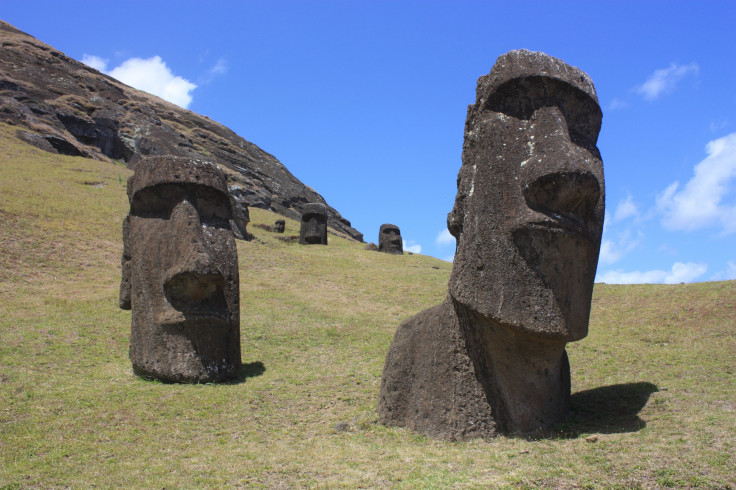
9. Easter Island Civilization, 1200 A.D.
The enormous stone statues of human heads, called Moai, that guard Easter Island are the only thing that remain of the Polynesian civilization that thrived there for centuries.
Sometime around 800 A.D., a small band of Polynesians rowed across the open sea, using the stars as guides, and landed on a small, uninhabited island covered in palm trees and lush vegetation. The 63-square-mile island, now known as Easter Island, became their home for the next few hundred years.
And then they vanished.
What they left behind was a treeless landscape dotted by large volcanic stone carvings weighing 14 tons on average.
Scientists generally accept the theory that the ancient Easter Island civilization had exhausted the island’s resources and were forced to leave. This theory holds that the population of the island swelled to several thousand and that they cut down all the trees for agriculture, firewood and to transport their giant statues. As people began to starve, warfare broke out, and the civilization collapsed.
But that’s not the only theory. New analysis of the island’s soil found a plethora of rat bones, suggesting that rats were quite prevalent on the island at the time it was populated. Scientists say this could mean that rats eventually overran the island and destroyed the palm trees that grew there, sending the island's human residents in search of less-infested place to call home.
But we'll probably never know. It will be just one more of history's unanswerable questions.
© Copyright IBTimes 2025. All rights reserved.






















